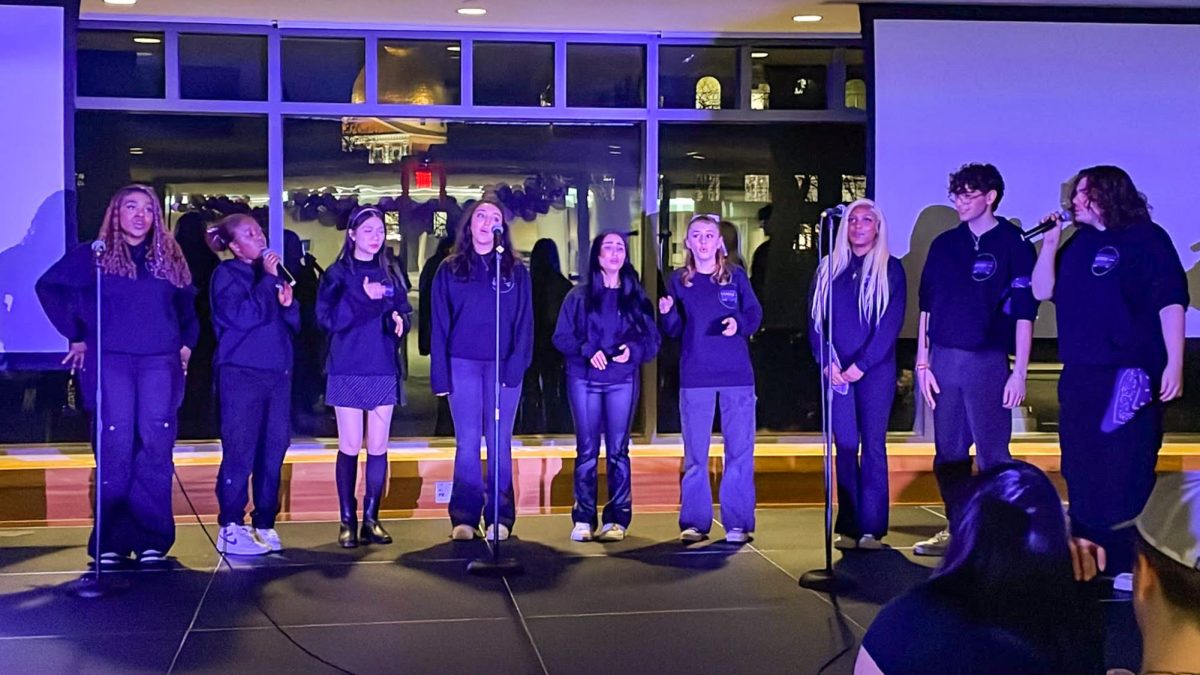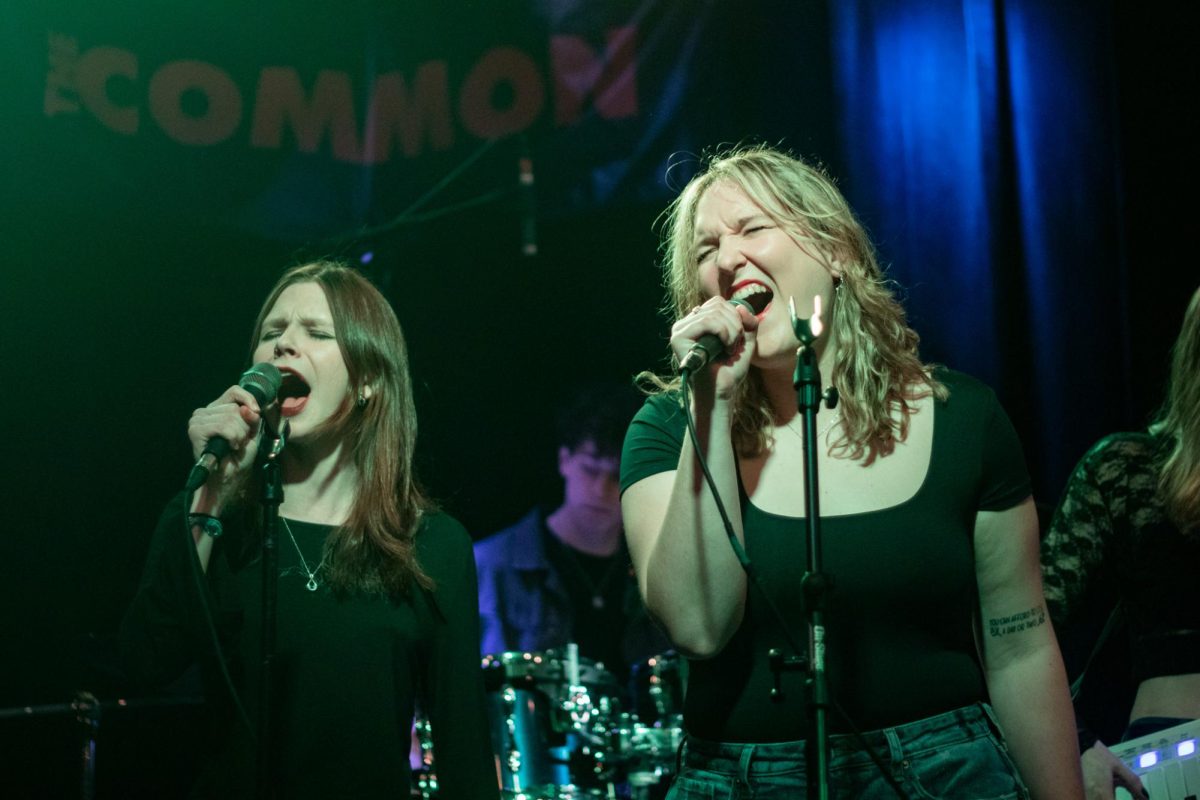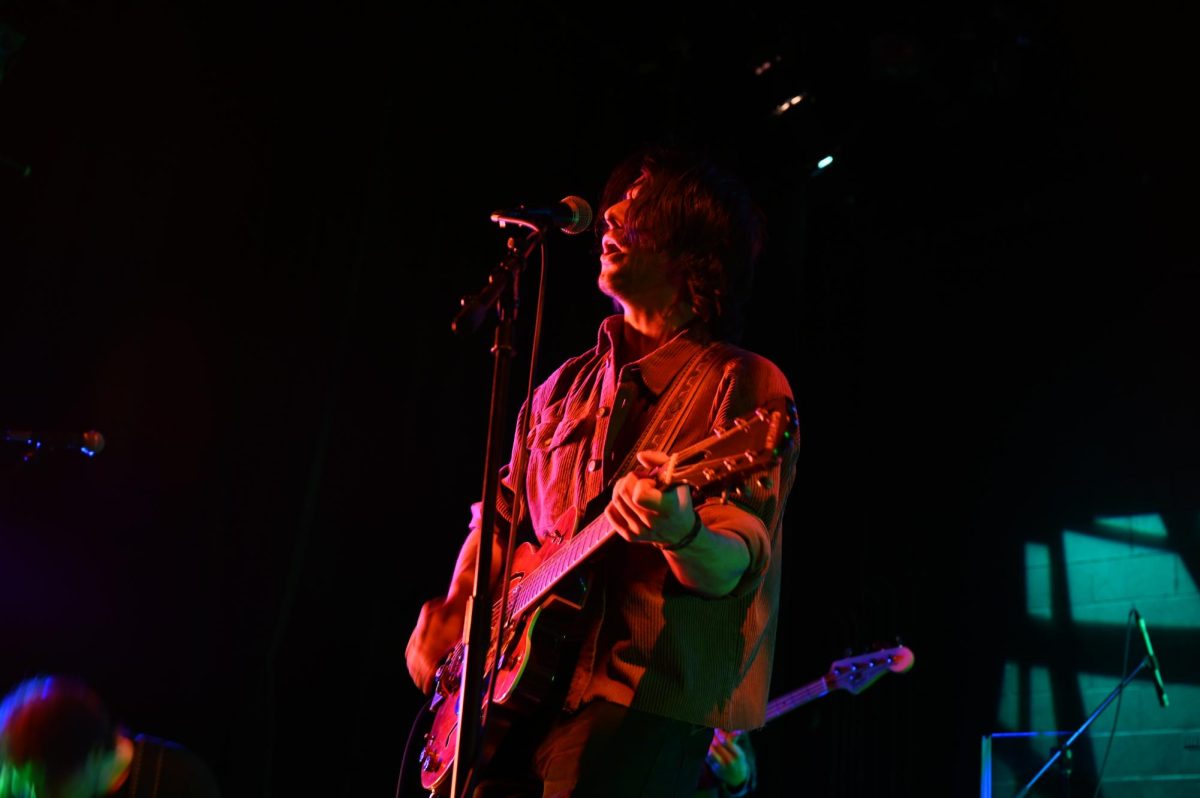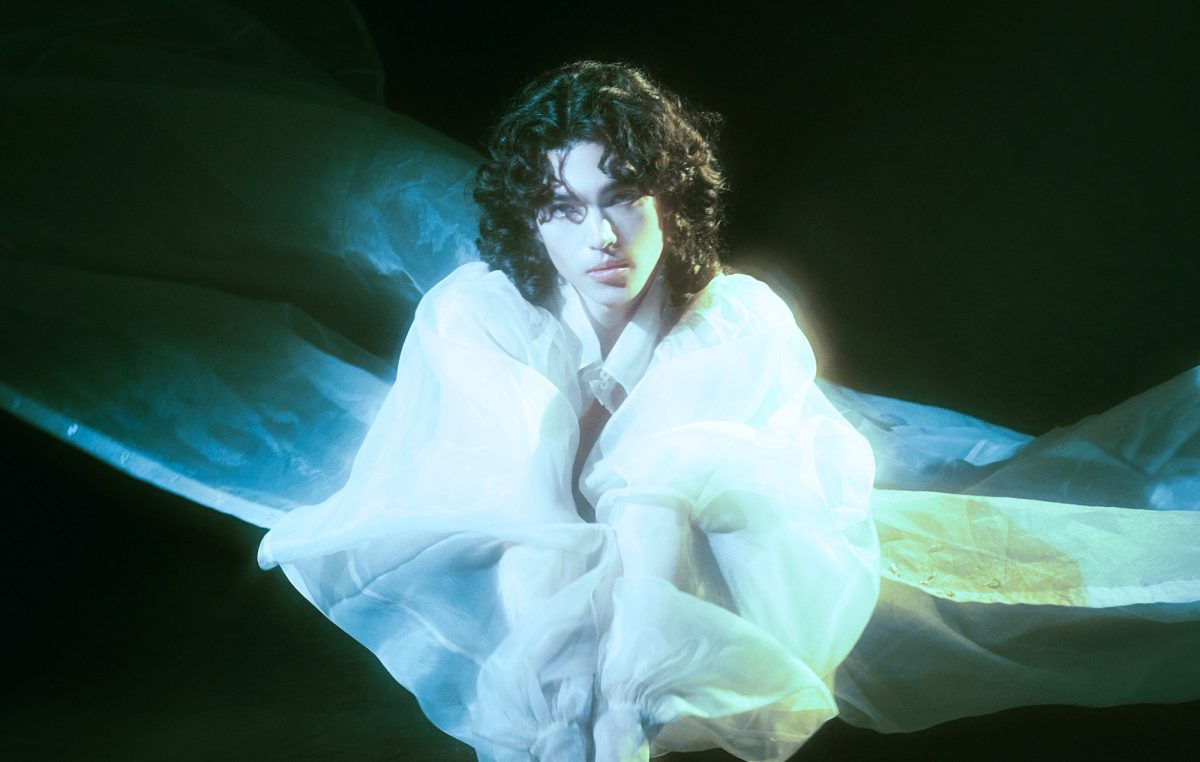Article By: Shoshana Akins
Being called a freak isn’t seen a compliment to most people, but for members of the new freewheeling, bongo-banging, beard-growing genre of freak-folk, they take it as a word and continue on their merry way.
A leader in this genre is Devendra Barnhart, a Spanish-speaking California art school dropout whose unique timbre and interesting compilations have been lighting up the hipster scene for the past few years. His newest album, What Will We Be (Warner Brothers, 2009), dropped a few weeks ago to great responses, even though some had originally doubted it due to the album’s uncharacteristic corporate support.
What Will We Be is Banhart’s first album with a major label, an act that is usually unspeakable among this crowd. Though he snuck into mainstream music with his song “Lover,” on the soundtrack of Nick and Norah’a Infinite Playlist, Banhart has never really hit it big and doesn’t seem to be dying to do so.
For once, Banhart has made an album that is universally digestible, dancing on the line of fault or fortune by doing so. Maybe it is because of this new partnership with a major company, or maybe he has decided to comb down the hair, start wearing a shirt, and begin to sing words that actually can be distinguished as English.
We hope not.
The artist’s previous albums have been a strange mix of random paths. His fourth album, Niño Rojo (Young God, 2004), asserts his true journey into freak-folk. He then he diverges off onto a dusty country road with his next album, Cripple Crow (XL Recordings, 2005), and later meanders into the unknown with Smokey Rolls Down Thunder Canyon (XL Recordings, 2007). With What Will We Be, each song is its own adventure, taking you from the beach to the mountains to a city street corner in the span of three minutes.
The beginning of the album doesn’t seem to be that monumental in its leaps of emotions but instead takes little skips down different trails. From the jingling, percussion-filled first song, “Can’t Help Smiling” to the true, easy walking folk melody, “Goin’ Back,” What Will We Be appears to have turned Banhart into a dirty, long-haired Jack Johnson. Though enjoyable and very pleasing, the possibility of a sell-out hangs in the air…
By the middle of the album starting with “The First Song for B,” that fear is dispelled as Banhart’s charming yet deadly warble kicks in for an ominous love tale.
The album continues in a mish-mash of influences and rhythms; some 1950s beach rock there, a bit of Hendrix sounding riffs here, a dab of jazz over there. A gipsy array of instruments is used to create this sound with everything from the dark smoldering bass in “Rats” to a simple, sunshiny tambourine in “16th & Valencia, Roxy Music” and even to random bird caws throughout the various songs.
Even through all this mixing of genres, What Will We Be has a purpose in mind: to take you away. Follow that lover into the sunset, go cha-cha on that table, sit out and watch the clouds. Just let go of everything and let it all hang out. After all, what we will be will just be.







